
The Canadian Army is the command responsible for the operational readiness of the conventional ground forces of the Canadian Armed Forces. It maintains regular forces units at bases across Canada, and is also responsible for the Army Reserve, the largest component of the Primary Reserve. The Army is headed by the Commander of the Canadian Army and Chief of the Army Staff, who is subordinate to the Chief of the Defence Staff. The Army is also supported by 3,000 civilian employees from the public service.

Prince Edward County (PEC) is a single-tier municipality in southern Ontario, Canada. Its coastline on Lake Ontario’s northeastern shore is known for Sandbanks Provincial Park, sand beaches, and limestone cliffs. The Regent Theatre, a restored Edwardian Opera House, sits at the heart of the town of Picton on the Bay of Quinte. Nearby Macaulay Heritage Park highlights local history through its 19th-century buildings. In 2016, Prince Edward County had a census population of 24,735. Prince Edward County is a single-tier municipality and a census division of the Canadian province of Ontario.
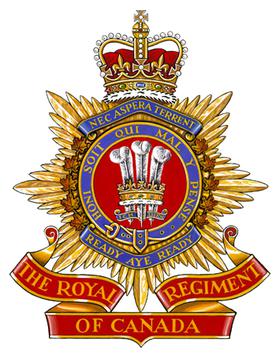
The Royal Regiment of Canada is a Primary Reserve infantry regiment of the Canadian Army. The regiment is based in Toronto, Ontario, and forms part of the 4th Canadian Division's 32 Canadian Brigade Group.

The Royal Canadian Regiment (RCR) is an infantry regiment of the Canadian Army. The regiment consists of four battalions, three in the Regular Force and one in the primary reserve. The RCR is ranked first in the order of precedence amongst Canadian Army infantry regiments, but in a quirk of the rules of seniority, its 4th battalion is ninth.

The Lancashire Infantry Museum, formerly known as the Queen's Lancashire Regiment Museum, is located at Fulwood Barracks in Preston, Lancashire, England. The museum claims to be "largest Regimental archive and the premier centre for military historical research in the North of England."

The Canadian Grenadier Guards (CGG) is a reserve infantry regiment in the 34 Canadian Brigade Group, 2nd Canadian Division, of the Canadian Army. The regiment is the oldest and second-most-senior infantry regiment in the Primary Reserve of the Canadian Army. Located in Montreal, its main role is the provision of combat-ready light infantry troops in support of Canadian regular infantry. It is a Household Foot Guard regiment and also provides soldiers for public ceremonial duties, performing similar ceremonial duties as the Guards regiments of the British Army. This primarily entails mounting the guard at Government House, the King's and Governor General's residence, and performing the "Changing the Guard" ceremony on Parliament Hill in Ottawa, a task it shares with Canada's senior Household Foot Guard regiment, the Governor General's Foot Guards of Ottawa. The Canadian Grenadier Guards is an allied regiment to the British Grenadier Guards.

The Royal Hamilton Light Infantry (Wentworth Regiment) (RHLI) is a Primary Reserve infantry regiment of the Canadian Army, based at John Weir Foote VC Armoury in Hamilton, Ontario. The RHLI is part of 31 Canadian Brigade Group, which is part of 4th Canadian Division.
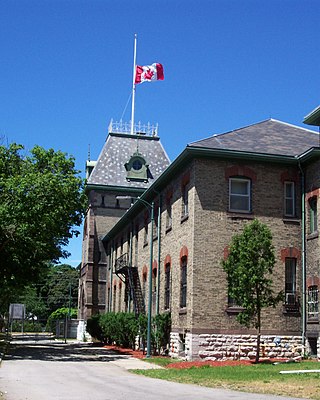
The Royal Canadian Regiment Museum is located at Wolseley Barracks in London, Ontario, Canada.
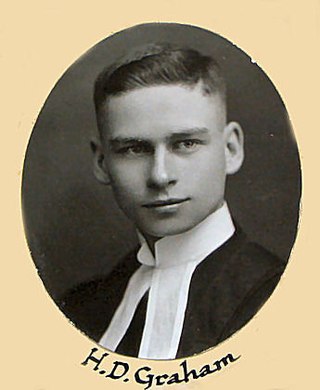
Lieutenant General Howard Douglas Graham was a Canadian Army Officer and Chief of the General Staff.
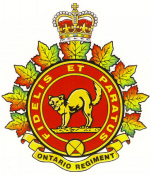
The Ontario Regiment (RCAC) is a Primary Reserve armoured reconnaissance regiment of the Canadian Army. The unit is based in downtown Oshawa, Ontario, and is named after Ontario County (1852–1974). Formed in 1866, and more commonly known as the 'Ontarios', 'black cats' or 'ONT R' (pronounced "ON-tar"), the regiment ranks among the oldest continuously serving Reserve (Militia) regiments in Canada and is one of the senior armoured regiments in the Royal Canadian Armoured Corps.
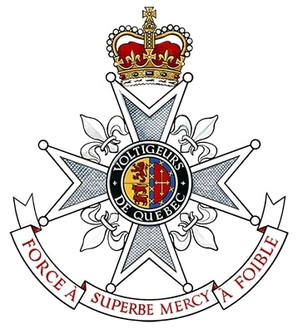
Les Voltigeurs de Québec is a Primary Reserve infantry regiment of the Canadian Forces. It is at the Quebec City Armoury in Quebec City, Quebec, Canada. The name of the regiment commemorates another older French-speaking Canadian militia light infantry unit, the Canadian Voltigeurs. The founder of the Canadian Voltigeurs, Lieutenant-Colonel Charles-Michel d'Irumberry de Salaberry, was the father of the two men who raised Les Voltigeurs de Québec. The regiment was formed in March 1862, with its headquarters in Quebec City, by the amalgamation into a regiment of eight independent volunteer militia rifle companies. The first of these companies was originally raised in December 1861. Between 1862 and 1867 these companies were frequently disbanded, reformed and renumbered. In 1942 it provided an armoured regiment.
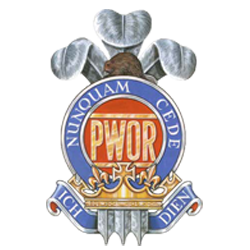
The Princess of Wales' Own Regiment (PWOR) is a Primary Reserve infantry regiment of the Canadian Army.
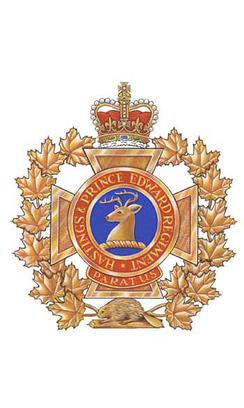
The Hastings and Prince Edward Regiment is a Primary Reserve infantry regiment of the Canadian Army. The regiment is part of 33 Canadian Brigade Group, one of four brigade groups of 4th Canadian Division. The regimental headquarters and one company are at 187 Pinnacle Street in Belleville and on Willmott Street in Cobourg, with another rifle company in Peterborough. The Peterborough Armoury houses what was traditionally B Company or Moro Company. Moro Company also serves as the headquarters for the regiment’s Assault Pioneer Platoon. Normally, the regiment deploys as a composite, Ortona Company, while the headquarters and administration form Somme Company.
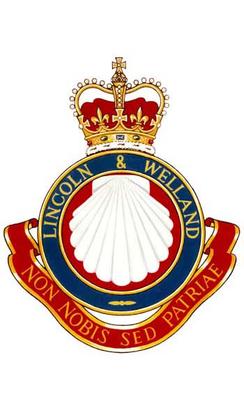
The Lincoln and Welland Regiment is a Primary Reserve infantry regiment of the Canadian Army based in St. Catharines, Ontario.

The Lorne Scots is a Primary Reserve infantry regiment of the Canadian Army. It is part of the 4th Canadian Division's 32 Canadian Brigade Group.

Mewata Armoury is a Canadian Forces reserve armoury in Calgary, Alberta, Canada. Mewata ( is derived from the Cree word ᒥᔭᐋᐧᑕᒼ, meaning "Oh, be joyful".
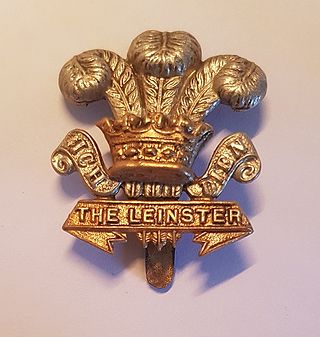
The Prince of Wales's Leinster Regiment (Royal Canadians) was an infantry regiment of the line in the British Army, formed in 1881 by the amalgamation of the 100th (Prince of Wales's Royal Canadian) Regiment of Foot and the 109th Regiment of Foot (Bombay Infantry). The 100th Foot was first raised in 1858 and the 109th was first raised in 1853. Between the time of its formation and Irish independence, it was one of eight Irish regiments raised largely in Ireland, with its Birr Barracks home depot in Birr. It was disbanded with the Partition of Ireland following establishment of the independent Irish Free State in 1922 when the five regiments that had their traditional recruiting grounds in the counties of the new state were disbanded.
The Argyll Light Infantry was an infantry regiment of the Non-Permanent Active Militia of the Canadian Militia. In 1936, the regiment was converted from infantry to form one of the Canadian Army's first tank units, and then in 1946 was converted to anti-tank artillery. In 1954, the regiment was converted back to infantry and amalgamated along with The Midland Regiment into The Hastings and Prince Edward Regiment.
The Midland Regiment was an infantry regiment of the Non-Permanent Active Militia of the Canadian Militia and later the Canadian Army. The regiment was formed in 1936 by the Amalgamation of The Northumberland Regiment and The Durham Regiment. In 1954, The Midland Regiment was amalgamated into The Hastings and Prince Edward Regiment.

















